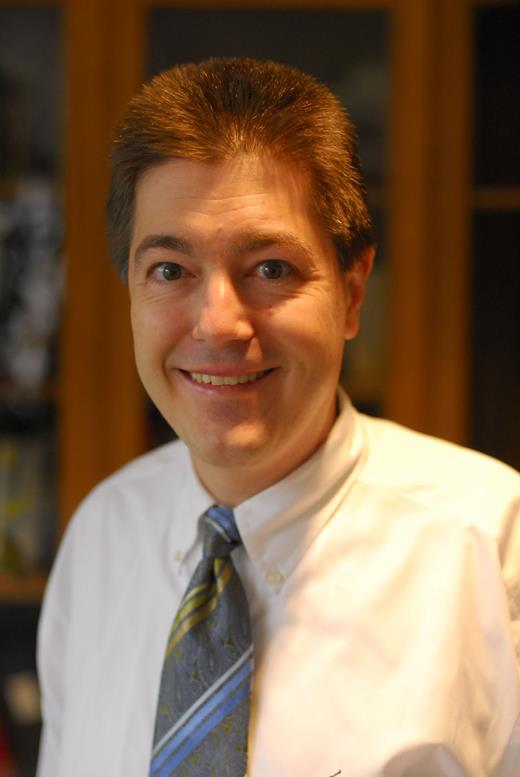The day I received the e-mail informing me that I was a recipient of the 2005 ASH Scholar Awards for fellows is fondly and forever etched in my memory. At the time, I was a postdoctoral fellow in David Ginsburg’s laboratory at the University of Michigan. We were just about to begin the practice session for our upcoming platform presentations at the ASH annual meeting, which was in San Diego that year, and just around the corner. I quickly printed the critiques, went downstairs to the conference room, and read them with a big smile on my face as everyone filtered in and got their lunches. That was quite literally the very first time I had read anything positive about my postdoctoral research project, which had already been underway for three years.
At the Ginsburg laboratory, researchers study the physiology and genetics of blood clotting disorders, with a long-standing focus on von Willebrand Factor (VWF). Just prior to my arrival, Gallia Levy had identified the gene responsible for the familial form of thrombotic thrombocytopenic purpura (TTP) as ADAMTS13, which encoded a protease responsible for the proper processing of VWF in the plasma. This was a major breakthrough in the field, and it became my project to develop a mouse model for this important human disease. Although I was ultimately successful (with the help of many others), this project proved to be much more difficult than merely “knocking out” ADAMTS13 in mice.
We and other colleagues have since used this model to investigate the pathophysiology of TTP and have identified a number of environmental triggers and genetic modifying factors for this disease, including a previously unknown pathogenic link between TTP and the clinically similar thrombotic microangiopathy hemolytic-uremic syndrome (HUS). Now at the University of Iowa, my laboratory continues to study the pathophysiology of thrombotic microangiopathies, focusing on the roles that VWF, complement, and the endothelium play in these disorders. More recently we have developed new techniques to visualize and investigate in detail the clot formation and endothelial damage that occur as a result of thrombotic disorders.
Thinking back to my clinical pediatric hematology/oncology fellowship at Michigan, I realize that I was extremely fortunate to have been trained by many outstanding physician-scientists, including three former ASH Scholars. However, it was from my most influential clinical mentor, Dr. Larry Boxer, that I acquired my interest in rare and intriguing hematologic disorders. So it is with great pleasure that I have been able to incorporate these clinical interests into my research program. Regarding my postdoctoral mentoring, I could not have been more fortunate to have trained in David Ginsburg’s laboratory. I would choose to do so again without hesitation, which definitely is not the case with many of the other decisions I made since then.
I remain thoroughly committed to a career in academic hematology medicine and research, in very large part due to the mentorship of ASH members like David and Larry and to the recognition and funding from sources like the ASH Scholar Awards. I remain especially proud of my first Scholar Award, and I was fortunate to receive a second Scholar Award after starting my lab at Iowa. Apart from the many obvious tangible benefits, these awards also enabled me to become more involved with the Society, which I have been privileged to serve in a number of ways, including: writing for the first year of ASH News Daily, speaking in the Education Program, co-chairing oral abstract sessions, reviewing abstracts for the annual meeting, and serving on the study sections for the Research Training Award for Fellows, the EHA-ASH Research Exchange Award, and, most recently, the Scholar Award study section.
I am extremely grateful for everything that the American Society of Hematology has given to me and my career. It will be my great pleasure to continue to serve within the Society, and I hope to have a positive impact on young ASH members. I look forward to the day when one of my own trainees may receive an ASH Scholar Award of his or her own.

